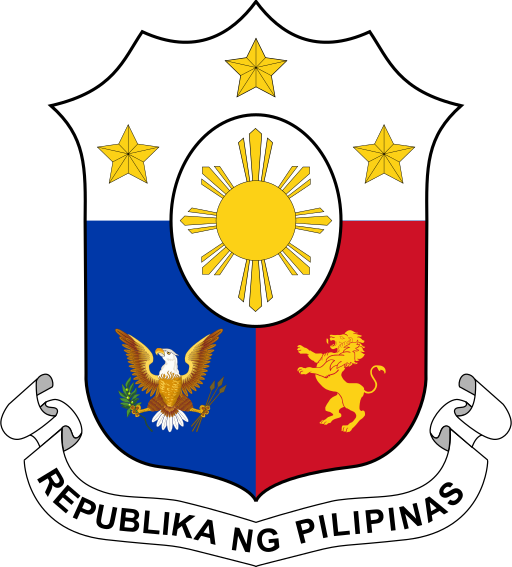The recent high-level meetings between the Philippines and China in Beijing assured the mutual commitment of both parties to speed up the processing and implementation of China-financed infrastructure projects. “We met with our counterparts to strengthen economic cooperation and provide updates on our Build Build Build program,” said Budget and Management Secretary Benjamin E. Diokno. “With such an ambitious infrastructure program, we need to tap as many development partners as possible, and we are glad that China has lent us a hand in upgrading and modernizing our infrastructure,” he added.
The first basket of projects to be financed by the Chinese government include the Chico River Pump Irrigation Project, the New Centennial Water Source - Kaliwa Dam Project, the PNR South Long Haul Project, and the Binondo-Intramuros and Estrella-Pantaleon Bridges Construction Projects.
The two bridges will be financed through grants collectively worth P6 billion. Contracts for the two bridges were signed between the Department of Public Works and Highways (DPWH) and the China Road and Bridge Corporation on April 27, 2018. Groundbreaking was held on July 17, 2018 at Maestranza Parking, Intramuros, Manila. Target completion date for the Binondo-Intramuros Bridge is December 2020, while the Estrella-Pantaleon Bridge is projected to be finished on May 2020.
Meanwhile, the second basket of projects include the Safe Philippines Project Phase 1, the Subic-Clark Railway Project, the construction of five bridges across the Pasig-Marikina River and Manggahan Floodway, and the Ambal-Simuay River and Rio Grande de Mindanao River Flood Control projects.
“We also like to assure the public that the Philippine government is exercising due diligence in processing the approval of these projects,” the Budget Secretary noted. “These projects are scrutinized by various national government agencies and inter-agency committees, requiring feasibility studies, detailed engineering designs, cost-benefit analyses including their environmental impact and social benefits, financial analysis of interest rates and budgetary impact, among other layers of project preparation and supervision,” he added. The projects also go through the Investment Coordination Committee (ICC), where the Secretary of Budget and Management is a member, and ultimately the National Economic and Development Authority (NEDA) Board, which is chaired by the President.
The healthy fiscal position of the government, with revenue collection and expenditures registering strong growth in the first seven months of the year, will support the ambitious Build Build Build program.
The economy’s debt-to-GDP ratio, the correct metric in analysing debt sustainability better than the absolute level of public debt, is low at 42% in 2017 and is projected to decline to 39% by 2022. “With these robust fiscal indicators, it is the best time to embark on infrastructure modernization,” said Secretary Diokno. “We will continue to engage our development partners, including China, to ensure the success of Build Build Build Program,” he concluded.
(30)
For inquiries, further questions and requests for interview, please contact Marianne Ongjuco:
Email:Mobile: +63918-944-8109

